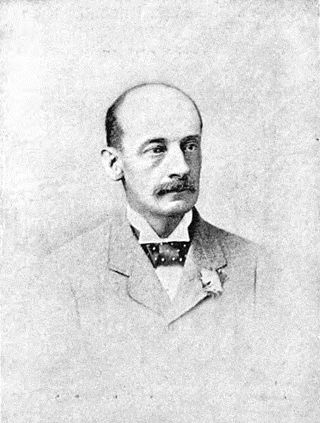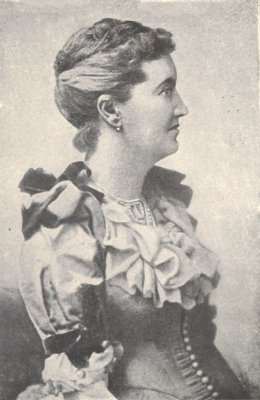
William Edward Norris was a London-born English fiction and writer. His first story, Heap of Money, appeared in 1877, and was followed by a long series of novels and stories, many of which first appeared in the Temple Bar and Cornhill magazines.

Fielding Harris Yost was an American college football player, coach and athletics administrator. He served as the head football coach at: Ohio Wesleyan University, the University of Nebraska, the University of Kansas, Stanford University, San Jose State University, and the University of Michigan, compiling a coaching career record of 198–35–12. During his 25 seasons as the head football coach at Ann Arbor, Yost's Michigan Wolverines won six national championships, captured ten Big Ten Conference titles, and amassed a record of 165–29–10.
AFI's 100 Years...100 Stars is the American Film Institute's list ranking the top 25 male and 25 female greatest screen legends of American film history and is the second list of the AFI 100 Years... series.

William John Locke was a British novelist, dramatist and playwright, best known for his short stories.

Joseph Alexander Altsheler was an American newspaper reporter, editor and author of popular juvenile historical fiction. He was a prolific writer, and produced fifty novels and at least fifty-three short stories. Thirty-two of his novels were part of his seven series:
The works of Joseph Conrad encompass novels, short stories, nonfiction, and memoirs. Although he was born in Poland and spoke Polish and French fluently from childhood, he wrote in English, which he did not learn until his twenties. Philosopher Wincenty Lutosławski recalled Conrad explaining this, saying "I value our beautiful Polish literature too much to bring into it my clumsy efforts. But for the English my gifts are sufficient and secure my daily bread."

Silas Kitto Hocking was a Cornish novelist and Methodist preacher. He is known for his novel for youth called Her Benny (1879), which was a best-seller.
Louis Ferdinand Gottschalk was an American composer and conductor born in St. Louis, Missouri. The son of a Missouri governor, also named Louis, he studied music in Stuttgart, Germany, where his father, a judge, was American consul. Louis Moreau Gottschalk was his great-uncle.

Elizabeth Thomasina Meade Smith (1844–1914), writing under the pseudonym L. T. Meade, was a prolific writer of girls' stories. She was born in Bandon, County Cork, Ireland, daughter of Rev. R. T. Meade, of Nohoval, County Cork. She later moved to London, where she married Alfred Toulmin Smith in September 1879.
Francis Lillie Pollock was an early twentieth-century Canadian science fiction writer. He was born in Huron County, Ontario, Canada in 1876. He wrote 'commercial fiction' under the pseudonym Frank L. Pollock, western or adventure fiction under the name Frank Lillie Pollock, and literary fiction under his own name. Some of Pollock's early commercial fiction can be found in The Youth's Companion. He also regularly published short stories and poetry in Munsey's Magazine, The Smart Set, The Atlantic, The Bookman and The Blue Jay.
Francis Conrad Osborn Sr. was a teacher, businessman and inventor. He held about 50 patents for cash register designs, springless scales, and other devices.
Fred Merrick White (1859–1935) wrote a number of novels and short stories under the name "Fred M. White" including the six "Doom of London" science-fiction stories, in which various catastrophes beset London. These include The Four Days' Night (1903), in which London is beset by a massive killer smog; The Dust of Death (1903), in which diphtheria infects the city, spreading from refuse tips and sewers; and The Four White Days (1903), in which a sudden and deep winter paralyses the city under snow and ice. These six stories all first appeared in Pearson's Magazine, and were illustrated by Warwick Goble. He was also a pioneer of the spy story, and in 2003, his series The Romance of the Secret Service Fund was edited by Douglas G. Greene and published by Battered Silicon Dispatch Box.

Tudor Storrs Jenks was an American writer, poet, artist and editor, as well as a journalist and lawyer. He is chiefly remembered for the popular works of fiction and nonfiction he wrote for children and general readers. He was married to Amabel Jenks who was also a writer.
This is a complete bibliography for American children's writer L. Frank Baum.







